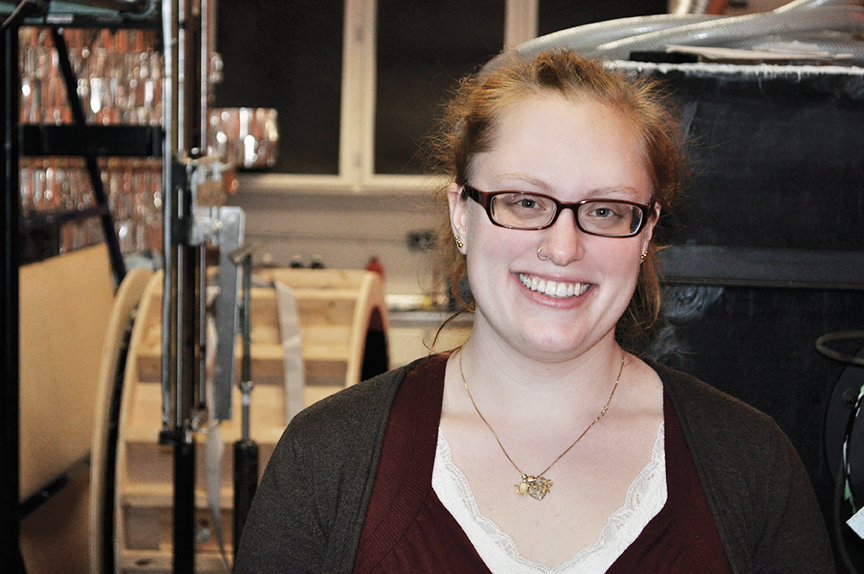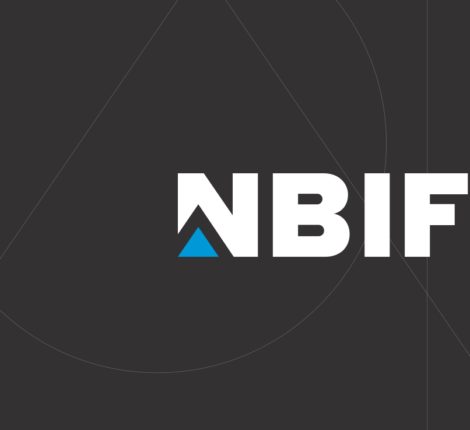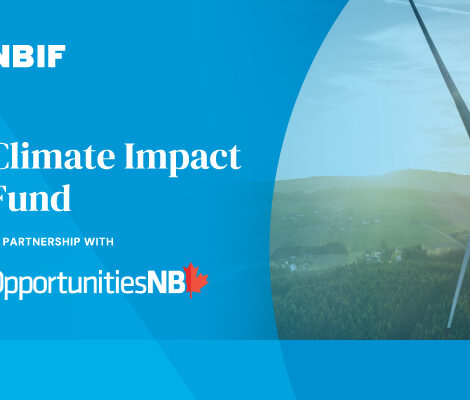- November 5, 2001
- Applied Research
- Comments : 0
NB Graduate Scholarship Recipient Bonnie Sim

Below you will find interview questions and answers, plus contact information for Bonnie Sim, one of the graduate students highlighted in our news story about the first recipients of the NB Graduate Scholarships.
Bonnie Sim, MScE student, UNB – New technology for aircraft de-icing and more.
To contact Bonnie Sim:
Email: Bonnie.Sim@unb.ca
Telphone: 877-554-6668 via Chet Wesley, NBIF
Click or touch here for a 300dpi CMYK version of the above photograph.
NBIF: Where are you from originally?
SIM: Calgary, Alberta
NBIF: What is your project about?
My project is in the area of experimental fluid dynamics, with direct industrial applications. It involves the development of flow control techniques aimed at a specific type of flow (wall jets), in order to manipulate the growth of the jet. Wall jets are complex flow phenomena that have features of free-jets and bounded wall flow' whenever you take a stream or jet of fluid, and direct it at a wall, this is a wall jet. The most common example of a wall jet from everyday life is likely the automobile defroster; here a jet or warm air is blown over your window to heat up the window to remove frost.
The turbulent behaviour of wall jets was poorly understood but recent advances in experimental techniques (PIV) have allowed for more detailed study of the unsteady behaviour of the turbulent structures in these jets. My research is aimed at manipulating the growth of the wall jet using flow control techniques. In particular, I am investigating how vorticity modification will enhance the width of the jet along the wall. Enhancing wall jet width is useful for heat-transfer and for coating applications.
Initially, this project will begin with investigating passive control techniques on the lateral spread of the wall jet. Tabs or vortex generators will be used to alter the wall jet behaviour and to determine the relationship between these passive control techniques and the resulting jet behaviour. After the investigation of passive control techniques, active open-loop techniques will be investigated in order to control the behaviour of the jet and compare to passive techniques. Additionally, microphones or piezo-transducers will be utilized to determine the impact of the control downstream from the jet nozzle. Pressure correlations will be used to quantify the flow behaviour. In conjunction with the microphone or piezo data, particle-image velocimetry will be used to obtain wall-jet data and determine statistical relationships in the flow.
NBIF: Why is it important?
This project is important because the wall jet occurs in many industrial applications. One of the most important applications is in the de-icing of aircraft on the runway. A significant portion of Canadian air travel occurs during the winter months where ice may form on aircraft. Should ice form on the wings of the aircraft, the lift and handling characteristics could be significantly altered. This presents an extremely unsafe operating condition and it is imperative that precautions be taken to prevent ice formation on an aircraft prior to take off; this process is known as anti-icing. The process of removing ice and snow that has accumulated on the aircraft while it is parked on the runway is known as de-icing.
The majority of aircraft de-icing and anti-icing processes require a jet of a viscous coating agent, which is shot from a nozzle, to impact the aircraft. To make this process as fast as possible, and in turn reduce aircraft downtime, powerful wall jets are used. However, aircraft de-icing would have increased efficiency and effectiveness with flow control. If a wider jet could be produced through the application of cost-effective flow control, then the de-icing process would be faster and would be greener as less costly deicing fluid would be wasted. This would result in huge cost reductions for airports and less down time for passengers.
NBIF: Tell me how you came to decide on UNB for your post-graduate studies.
I attend the University of New Brunswick for my undergraduate degree. During this time, I had the opportunity to work in a research capacity in the Department of Biology and the Department of Mechanical Engineering. I spent two summers working as a field and laboratory assistant with Dr. Linley Jesson of UNB Biology, which is where I was first exposed to research at UNB. The process was exciting; I enjoyed the fact that I could assist in the experimental process and data analysis, which provided useful, realworld information for researchers.
After this, I spent a summer working as a research assistant for Dr. Andy Simoneau of UNB Mechanical Engineering. This was a great opportunity, where I was able to design an experiment, testing equipment, and perform initial data analysis to obtain useful results. Following this, I had the opportunity to work at Hatch, Ltd, in Toronto. I worked with research and industrial engineers to provide solutions for complex process problems, using tools such as CFD. It was through this position that I decided to pursue graduate studies. Many of my colleagues at Hatch, Ltd, had attained post-graduate degrees and employed their knowledge and skills in a resourceful, worthwhile projects. Their education went to practical use, where it improved and innovated existing processes. My colleagues encouraged post-graduate studies, and it was through the course of this position that I realized that my area of interest was fluid dynamics.
These experiences at UNB and through summer employment caused me to become interested in post-graduate studies. Because of my interest in fluid dynamics, I connected with Dr. Joseph Hall of UNB Mechanical Engineering, who specializes in experimental fluid dynamics. We met through the course of my final year of my undergrad to discuss potential projects and I was thrilled to accept a post-graduate position with him. I had met many intelligent people and had many great experiences at UNB, and I felt that it would be a fulfilling and supportive institution to pursue a Master’s Degree.
NBIF: What is your dream post-graduation?
My dream post-graduation is to pursue a position of employment related to my field of research. I would like to be able to use all the skills that I will gain through the course of this Master’s degree in a position of employment. Preferably, I would like this employment position to be in a sustainable industry that places importance on reducing environmental impact. I would like to contribute to society in a meaningful and worthwhile way through my employment and my post-graduate degree. Additionally, in the future I would like to pursue a Ph.D., also in the area of fluid dynamics.

